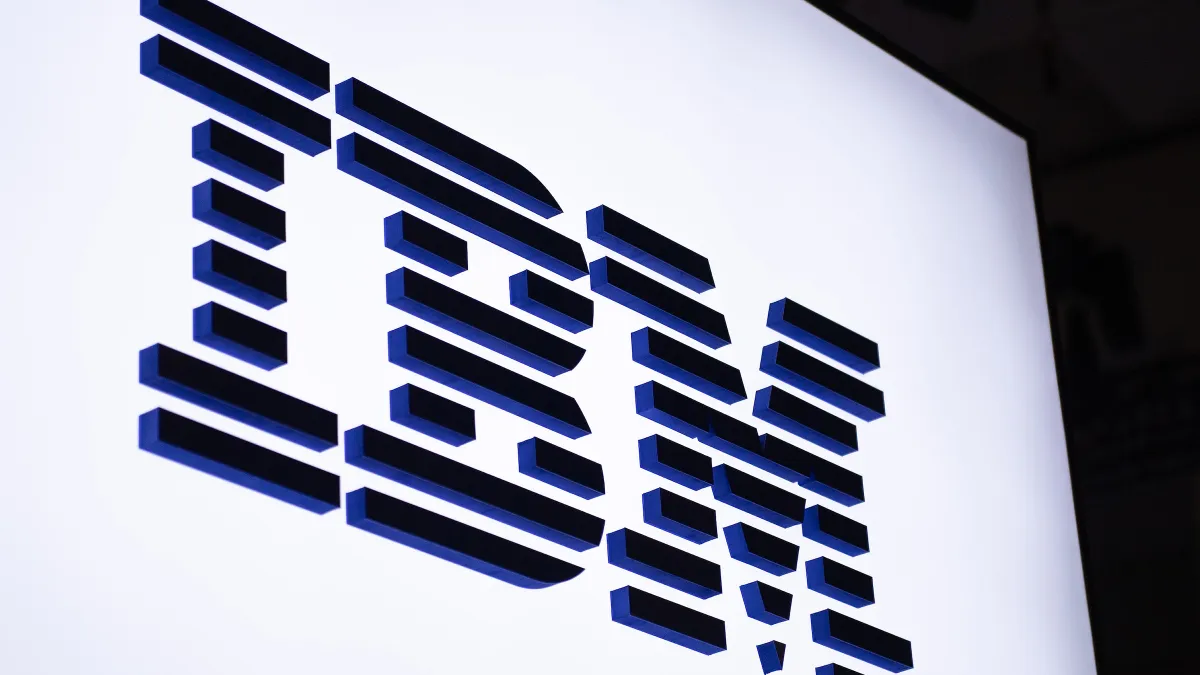IBM is leaning on open-source principles to drive enterprise adoption of its Granite AI models and watsonx platform, executives said during a Friday briefing. The company unveiled two general-purpose Granite large language models under Apache 2.0 licenses Monday.
Enterprises can now use Granite for text generation, classification, summarization, chatbots and other common generative AI use cases, and for agentic capabilities that access external applications and databases, the company said in a Monday blog post.
IBM rounded out its AI platform enhancements with the addition of Granite Guardian governance model-monitoring tools and two smaller-sized pretrained Mixture of Experts solutions for on-prem CPU-based deployments. The company also expanded the capabilities of the watsonx coding assistant, which can now converse in 12 natural languages and 116 programming languages, according to the announcement.
Breaking open the black box of LLMs clears a path for IBM to align the technology with the values and the budget concerns of its customers. The strategy is designed to ease enterprise adoption.
Transparency into model training data and usage rights can help enterprises surmount several key hurdles, according to Ritika Gunnar, GM of data and AI at IBM.
“It becomes very lucrative from a cost perspective, from a transparency perspective and from a governance perspective,” Gunnar said Friday.
AI solutions are one of the pillars of IBM’s hybrid-cloud strategy. The company rolled out the Telum II chip and Spyre accelerator to increase AI workload capacity on the next generation of the IBM Z mainframe in August and purchased Advanced’s mainframe modernization unit in January.
“Hybrid cloud and AI really are two sides of the same coin, because in order to do AI efficiently, as securely as possible, in recognition of data sovereignty rules and all the other things that an enterprise [executive] is keeping in their head, you're going to want to have optionality in where that AI runs,” Hillery Hunter, CTO and GM of innovation for IBM infrastructure, told CIO Dive in last month.
The strategy has paid off for IBM. The company booked more than $2 billion in generative AI business during the first half of the year, CEO Arvind Krishna said during a July earnings call.
IBM has also saved a bundle internally through AI implementation, Rob Thomas, SVP of software and chief commercial officer at IBM, said Friday.
“We’ve taken out $2 billion of cost implementing AI in IBM,” Thomas said, pointing to automating processes in HR, procurement and supply chain operations. “That becomes a training set that can then be used as we apply it to clients.”
IBM Consulting is at the nexus of many of those gains.
Roughly half of IBM’s 160,000 consultants are currently using the company’s AI-delivery Consulting Advantage platform. The company plans to expand that across the consulting division, giving each person 10 AI assistants, according to Mohamad Ali, SVP and head of IBM Consulting.
“At that point, you get to 1.6 million digital workers hitting an LLM continuously,” Ali said. “That could add up to hundreds of millions, if not billions, of dollars, and that's not sustainable.”
Smaller models tuned to specific tasks are the solution IBM and many other vendors are banking on to make AI operations more affordable.
“We joke about calling these small models but they're not really small,” Darío Gil, SVP and director of research at IBM, said Friday. “There are massive amounts of data that have gone into the models.”
Additions to the Granite model family are available on Hugging Face and for commercial use on the watsonx platform. A selection of the Granite 3.0 models will also be available as Nvidia microservices and through Google Cloud's Vertex AI Model Garden integrations with Hugging Face.














